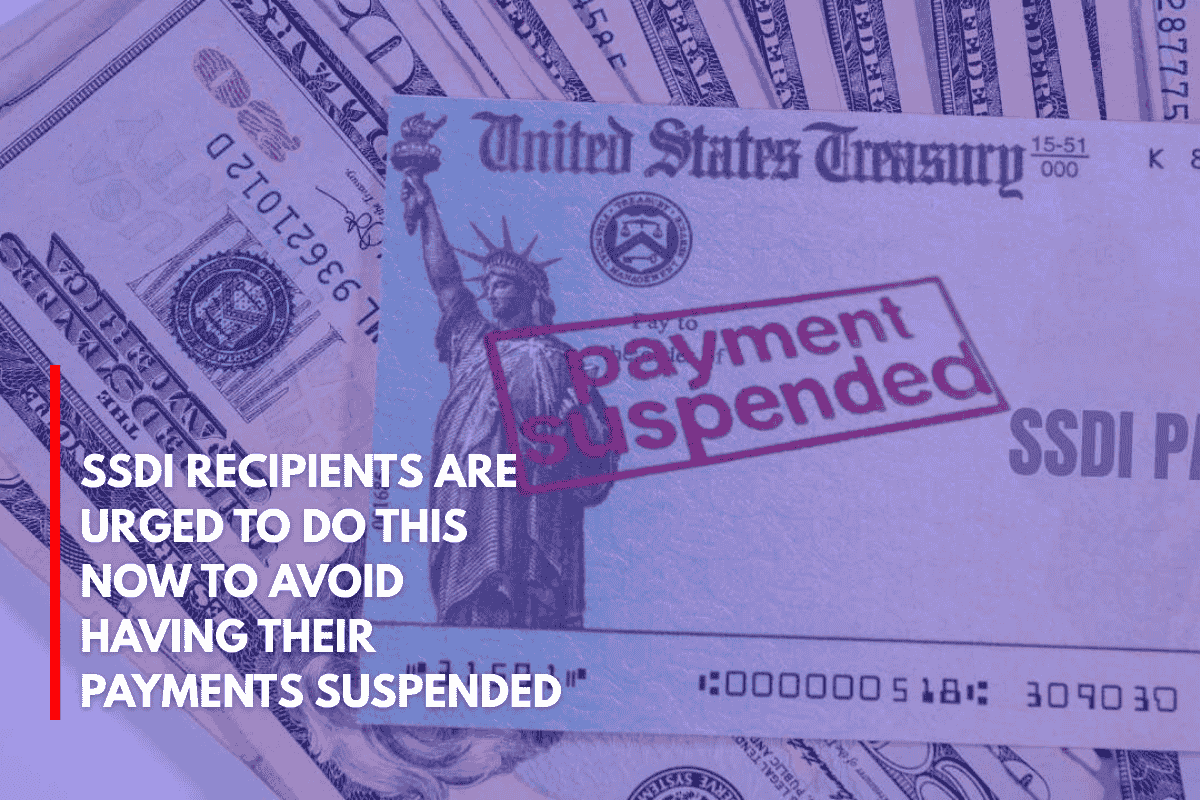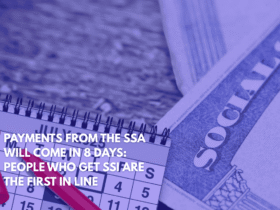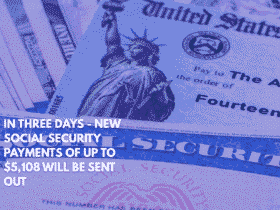A significant change is coming for Social Security recipients, especially those who still rely on paper checks to receive their monthly payments. In a move ordered by the Trump administration, the government has decided to end all paper checks for federal payments, including Social Security benefits, by September 30, 2025.
This new rule will affect millions of beneficiaries, including those receiving Social Security Disability Insurance (SSDI). The goal is to modernize the payment system and reduce costs, but it also brings challenges for those who depend on paper checks.
Why Is This Happening?
The decision to eliminate paper checks is part of a broader modernization plan. The government believes that electronic payments will offer several benefits over the traditional paper check system.
First, producing, printing, and mailing physical checks is costly. Each paper check costs over a dollar to process, whereas electronic transfers cost only pennies. The savings from switching to electronic payments could be in the hundreds of millions of dollars annually.
Second, the government is focused on improving security. Physical checks are vulnerable to theft, loss, and fraud. Around 500,000 checks are reported lost or stolen each year, which creates difficulties for both the recipients and the system. Electronic payments, on the other hand, are secure, traceable, and delivered on time without these risks.
How Many People Will Be Affected?
According to recent data, approximately 494,000 Social Security recipients still receive their payments by paper check. While this number has decreased over the years, it is still a significant amount. These individuals will face a major disruption if they don’t act now to switch their payment method to an electronic one.
This shift will impact some of the most vulnerable people in society, including older adults, people living in rural areas, and those without access to banking services or the internet. For these individuals, receiving their payments on paper has been the only option available. Now, they must quickly adapt to avoid losing their benefits.
What You Need to Do to Keep Your Payments Coming
If you are one of the 494,000 beneficiaries still receiving paper checks, you must switch to an electronic payment method before September 30, 2025. The good news is that the process is simple, but it requires you to act quickly.
Here’s what you need to do:
Create or log into your My Social Security account: This is the official platform where you can manage your benefits.
Update your payment method: You can choose between two options:
-Direct deposit into your bank or credit union account. You will need your account number, routing number, and the type of account (checking or savings).
-Direct Express card: This is a government-issued prepaid debit card. Your benefits will be automatically loaded onto the card every month, and you can use it at ATMs, stores, and online.
If you do not have a bank account or prefer not to use direct deposit, the Direct Express card is a great alternative. It provides easy access to your funds without the need for a bank account.
New SSA Rule for Payment Updates
Starting April 14, 2025, the Social Security Administration (SSA) will require identity verification for those updating their payment information. If you are updating your payment method or bank details, you will need to verify your identity. This can be done in person or online, using enhanced authentication.
For those without reliable internet access, this could be a challenge. They will have to visit a local SSA office in person, which could be difficult, especially for people in remote areas or those with limited mobility.
What Happens If You Don’t Switch?
If you don’t update your payment method by September 30, 2025, your monthly payments will be automatically suspended, and paper checks will no longer be issued. To reactivate your payments, you’ll have to go through the online enrollment process, which could take weeks or even months to complete.
Additionally, if the SSA has trouble confirming your address or if you ignore other important requests (like medical checkups or income verification), they may stop your payments early. It’s important to keep your information up to date and respond to all SSA notifications to avoid payment interruptions.











Leave a Reply